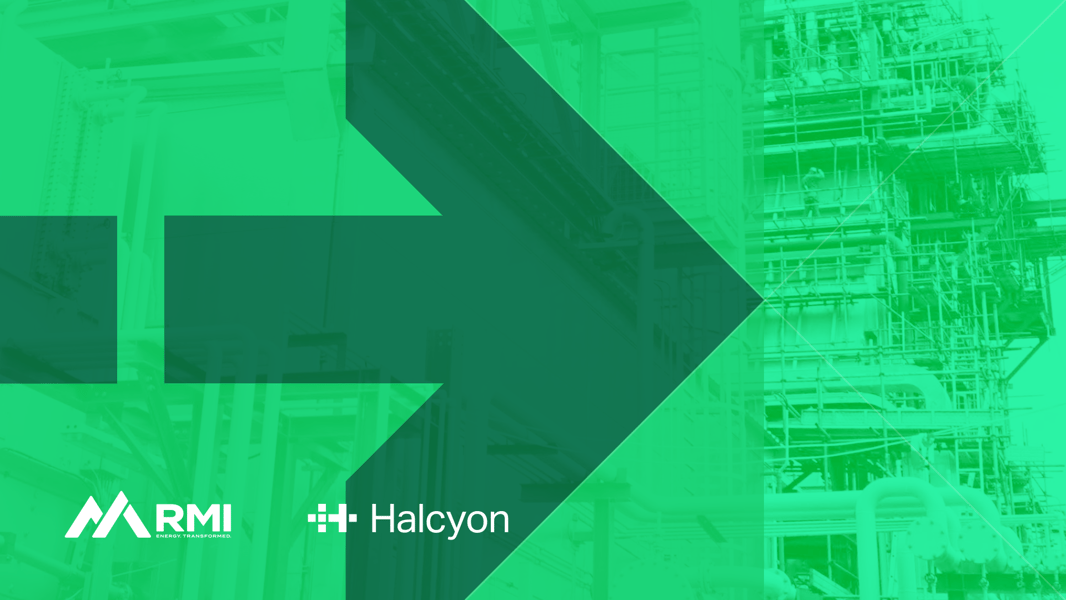There is a fundamental challenge at the heart of the power utility social contract: to provide power to all while ensuring that no group of ratepayers is unfairly burdened with costs. This challenge is particularly acute today, as new large load consumers, such as data centers, can change the shape of a grid (and its rates) in just a matter of months.
Halcyon’s first data product, our Gas Power Plant Tracker, is soon to ship its fourth update. Since its launch, we have added dozens of plants and more than ten gigawatts of total capacity in the U.S. under development. We’ve updated every change to existing assets we detect through our ongoing data collection, down to the dollar amount for new capital equipment and the year of commissioning. It’s been well received by hedge funds, private equity firms, utilities, developers, consultants, and AI hyperscalers alike.
What we have not done, until now, is run a deep analysis of the cost and timeline figures which we are tracking. That’s by design, as our focus has been on delivering the highest-frequency, highest-fidelity information first. But clearly, quality information is the input to quality analysis.
That is why we collaborated with Gridlab and Energy Futures Group on a new white paper specifically addressing the changing cost landscape for U.S. combustion turbine (CT) and combined cycle gas turbine (CCGT) power plants. Industry readers will know well that prices are rising, and also that established benchmarks are less useful than they once were. What they may not know is just how much prices have risen, and just how out of sync the benchmarks are, and just where price pressures are most acute.
Here is an excerpt:
Projects scheduled for completion in 2026 and 2027 were reported at a cost range of $1,116/kW to $1,427/kW, a range that is now significantly outpaced by recent CCGT projects, which are routinely reporting costs of $2,000/kW or more. This upward trajectory is further highlighted by the fact that the 2024 NREL ATB projected a 2030 cost of only $1,638/kW for a 1x1 combined cycle plant under its moderate scenario. This notable divergence between historical and projected figures and current market costs underscores the disconnect between conventional cost assumptions and today’s market realities.
In producing its Annual Energy Outlook, the EIA relies on a Sargent & Lundy report with a 1x1 CC capital cost at $921/kW in 2023 dollars, or $1,058/kW in 2030 if a 2% escalation rate is assumed.
Gridlab’s analysis also charts these changing prices, and the results are striking:

The white paper is free to air here. It’s a quick read, and an important one. We hope it will be a meaningful contribution to smarter, faster, better-informed investment decision-making in the US power sector.
We’d like to thank our collaborators at Gridlab, Energy Futures Group, and Mr. Phil Besuner, who conducted the regression analyses. If you’d like to know more about a subscription to the full dataset that was used in this report, please get in touch. And we welcome comments and feedback too!
Subscribe for more content like this; reach out with questions: sayhi@halcyon.io; follow us on LinkedIn and Twitter
.png?width=50&name=34C0AE28-DE08-4066-A0A0-4EE54E5C1C9D_1_201_a%20(1).png)


